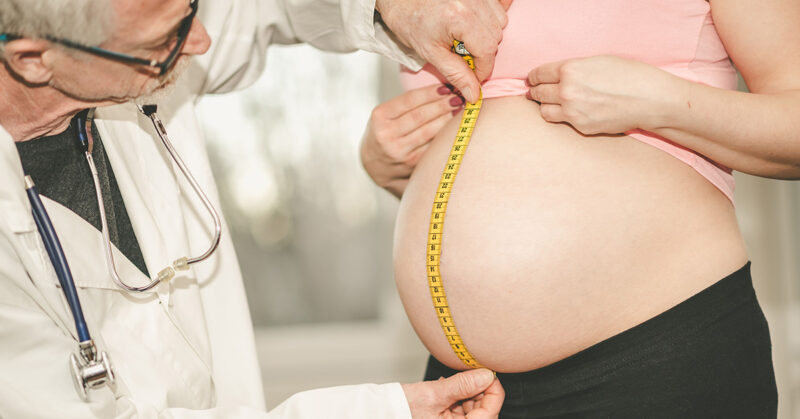
Pregnancy is a remarkable journey that transforms a single cell into a fully developed baby over the course of about nine months. This journey is typically divided into three stages, or trimesters, each characterized by distinct developmental milestones and changes in the mother’s body. Let’s explore these stages and understand what happens during each phase of pregnancy.
First Trimester (Weeks 1-12)
Conception and Early Development
The first trimester begins with conception, when a sperm fertilizes an egg to form a zygote. This single cell rapidly divides and travels down the fallopian tube to implant itself in the uterine wall. By the end of the first month, the zygote has developed into an embryo, and vital structures such as the amniotic sac, placenta, and umbilical cord are forming.
Major Developments
- Weeks 5-8: The embryo undergoes significant changes. By week five, the heart starts beating, and by week six, neural tubes (which become the brain and spinal cord) are developing. Facial features begin to form around week seven, and limb buds appear.
- Weeks 9-12: The embryo transitions to a fetus. Major organs and systems, including the digestive, circulatory, and nervous systems, continue to develop. By the end of the first trimester, the fetus has formed arms, legs, fingers, and toes, and its heartbeat can be detected by ultrasound.
Maternal Changes
During the first trimester, many women experience symptoms such as morning sickness, fatigue, and hormonal fluctuations. It’s crucial to maintain a healthy diet, avoid harmful substances, and attend regular prenatal check-ups to monitor the baby’s development.
Second Trimester (Weeks 13-26)
Continued Growth and Development
The second trimester is often considered the most comfortable phase of pregnancy. By this time, the risk of miscarriage decreases, and many early symptoms subside.
Major Developments
- Weeks 13-16: The fetus grows rapidly, and its movements may start to be felt by the mother. Facial features become more distinct, and the fetus begins to practice breathing movements.
- Weeks 17-20: The fetus’s skin is covered with a protective layer called vernix caseosa, and fine hair called lanugo. The baby can hear sounds, and the mother can usually feel the baby’s kicks.
- Weeks 21-26: The fetus continues to grow and develop. Eyebrows, eyelashes, and hair become more noticeable. By the end of this trimester, the baby has a good chance of survival if born prematurely, thanks to the development of the lungs and other vital organs.
Maternal Changes
During the second trimester, women often experience increased energy levels and an improvement in appetite. The baby bump becomes more pronounced, and common symptoms include back pain, leg cramps, and occasional Braxton Hicks contractions. Regular prenatal visits and possibly an ultrasound to check the baby’s anatomy are important during this period.
Third Trimester (Weeks 27-40)
Final Stages of Development
The third trimester is the final stretch of pregnancy, where the fetus undergoes rapid growth and prepares for birth.
Major Developments
- Weeks 27-32: The fetus continues to grow and gain weight. The bones harden, and the baby’s kicks and movements become stronger and more frequent. The brain and lungs continue to mature.
- Weeks 33-36: The baby begins to settle into a head-down position in preparation for birth. The skin becomes less wrinkled as fat accumulates underneath. The baby’s movements might slow down slightly due to limited space.
- Weeks 37-40: The fetus is considered full-term by week 37. The baby’s organs are fully developed and ready for life outside the womb. The final weeks are marked by continued growth and weight gain.
Maternal Changes
As the due date approaches, expectant mothers might experience increased discomfort, including backaches, swollen ankles, and difficulty sleeping. Braxton Hicks contractions may become more frequent. It’s essential to prepare for labor and delivery by attending childbirth classes, finalizing the birth plan, and ensuring that all necessary arrangements are in place.
Understanding the stages of pregnancy and fetal development can help expectant parents feel more prepared and connected to their growing baby. Each trimester brings its own set of changes and milestones, making pregnancy a unique and remarkable journey. Regular prenatal care, a healthy lifestyle, and a supportive environment are key to ensuring a smooth and healthy pregnancy for both mother and baby.

